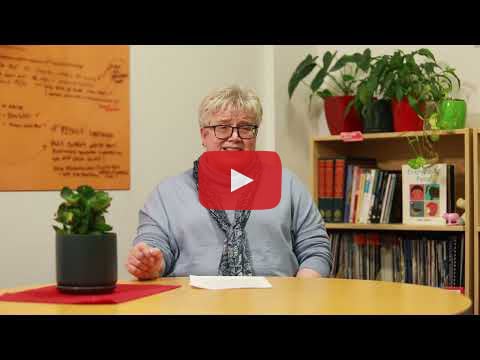
Big improvement in the pond network
Lots of good news this week, as we're able to turn ponds 2b, 3 and 4 to 'green' on our pond health tracker!
At the same time, the health of pond 2A is stable and steadily improving, so we're able to turn it 'orange'.
We've also updated the dissolved oxygen graphs to include an interim average reading for this current fortnight. This interim average is indicated by the grey dotted lines; some of these lines will improve once we've collated a full fortnight's-worth of readings.
It's natural for a pond's dissolved oxygen levels to fluctuate daily, and a two-week average provides a high-level picture of how the pond levels are gradually changing.
We're going fortnightly
Last week we asked you what your preference is regarding receiving these newsletters, now that the odours and the water quality of the oxidation ponds is quickly improving.
We've been publishing this e-newsletter weekly since April (and fortnightly before that), but most readers have told us they'd now prefer to receive them fortnightly.
As a result, you'll receive our next update in two weeks' time, then fortnightly after that. However if there are significant or urgent updates you need to know about, we'll share these on an ad-hoc/as needed basis.
All new information is shared to our website in the first instance, so make sure you keep checking in regularly or bookmark it as a favourite in your web browser.
Hydrogen sulphide Q&As video with Dr Cheryl Brunton
Canterbury’s Medical Officer of Health, Dr Cheryl Brunton, has answered a number of the common health-related questions and concerns about the Christchurch wastewater treatment plant odours.
In the video above, you'll find answers to questions, such as if people will have any long-term effects from exposure to hydrogen sulphide, how it affects different people, if it's safe to eat veggies from your garden, and if children are more susceptible to the effects of H2S.
Hydrogen sulphide levels remain very low
Every Wednesday we upload the past week's data for the continuous air monitors that have been set up near the Christchurch Wastewater Treatment plant.
The monitors are to detect the levels of hydrogen sulphide in the Shortland Street and Rudds Road areas, as well as at Bromley and South Brighton Schools.
Over the past few weeks we've noticed a significant and sustained drop in hydrogen sulphide levels across all sites, helped by both the improving oxidation pond health, and the stronger spring breezes that have helped dissipate any odours more quickly.
Note the readings online are only up until Friday 30 September – we'll publish graphs showing this week's increased levels of hydrogen sulphide early next week once the data from all of the sites has been collated.
You can read the data for all locations, and an explanation about how to read the information by clicking the link below. You can also find past readings for each site.
Stay updated
We want everyone to be able to stay updated on our response and recovery from the treatment plant fire, and we regularly post new information and reports on ccc.govt.nz/wastewaterfire
If you know of anyone who would like to receive this e-newsletter they can subscribe online.
If you have any questions, or would like further information on the project, please call us on 03 941 8999 or 0800 800 169 or email wastewater@ccc.govt.nz
Thanks in advance for your patience and understanding as we continue to work on minimising the unpleasant smells after the fire. We’ll be in touch again soon.
You received this email because you are subscribed to updates from Christchurch City Council.







